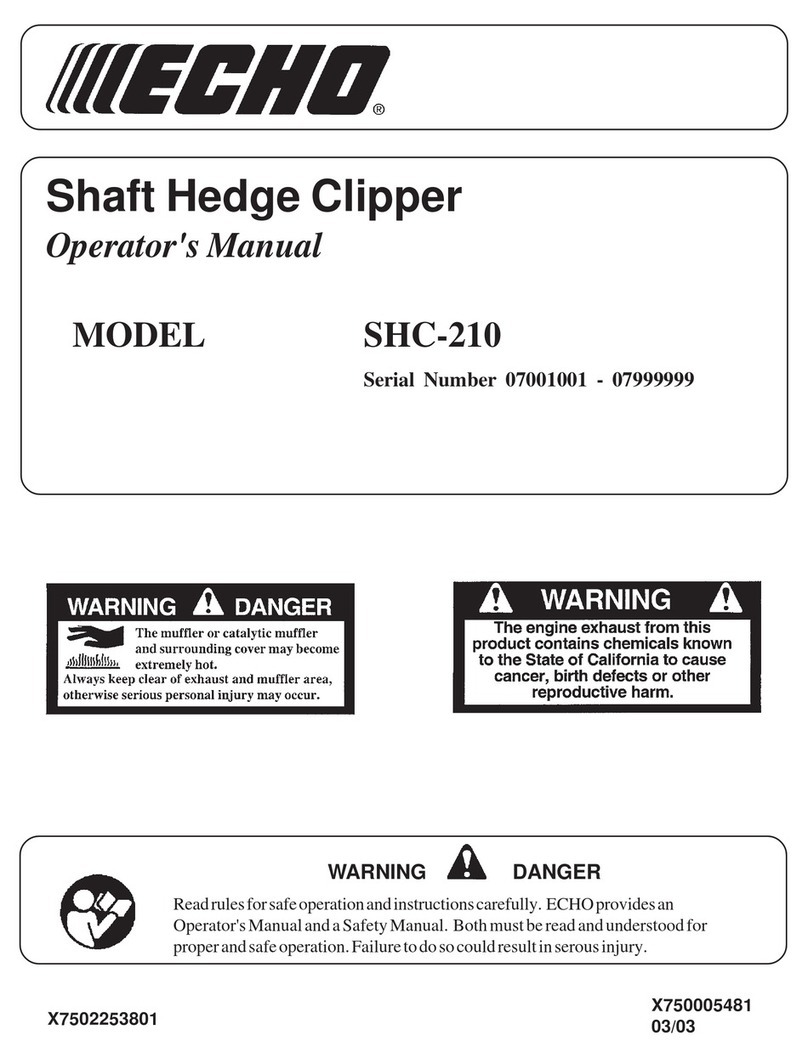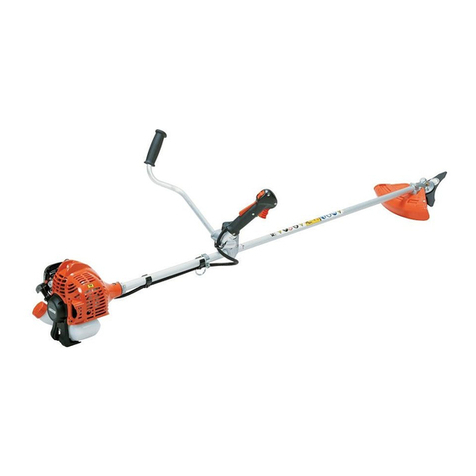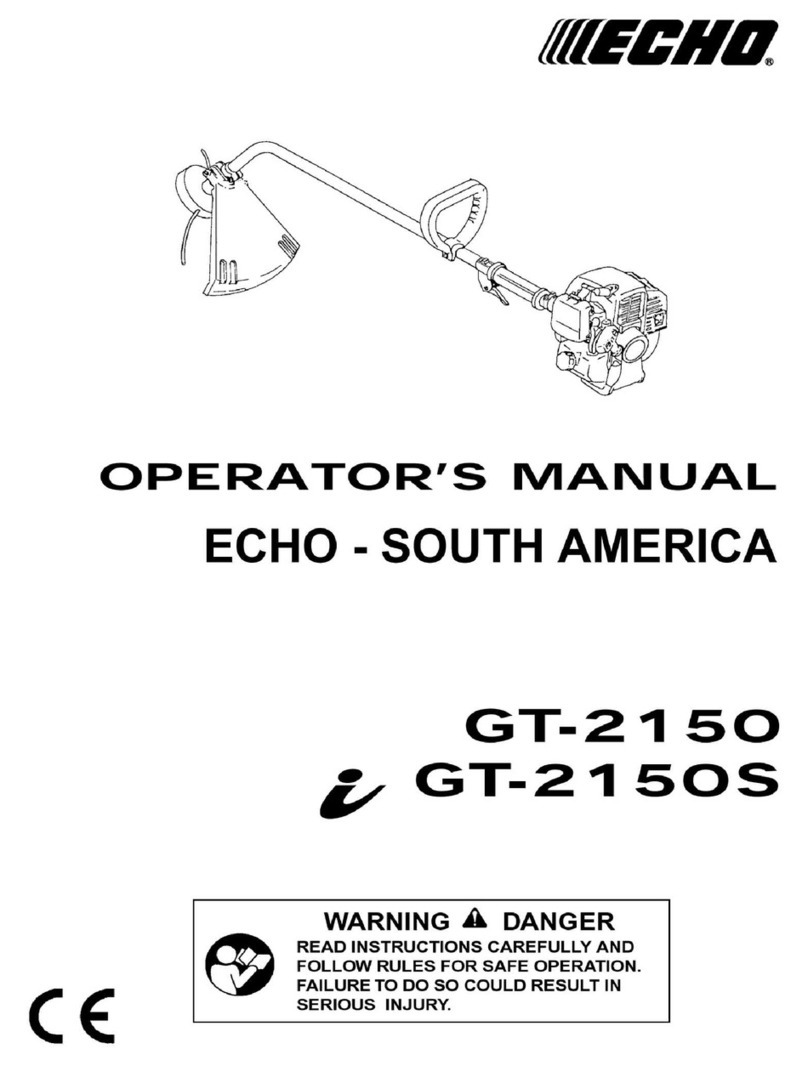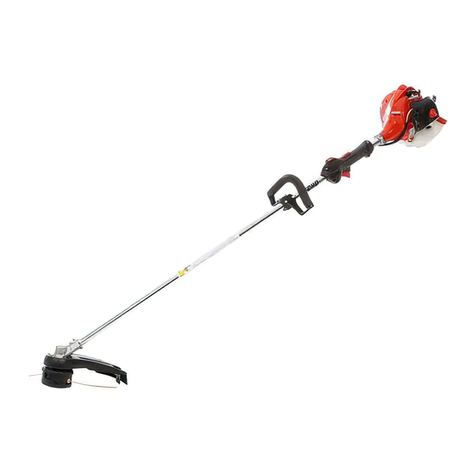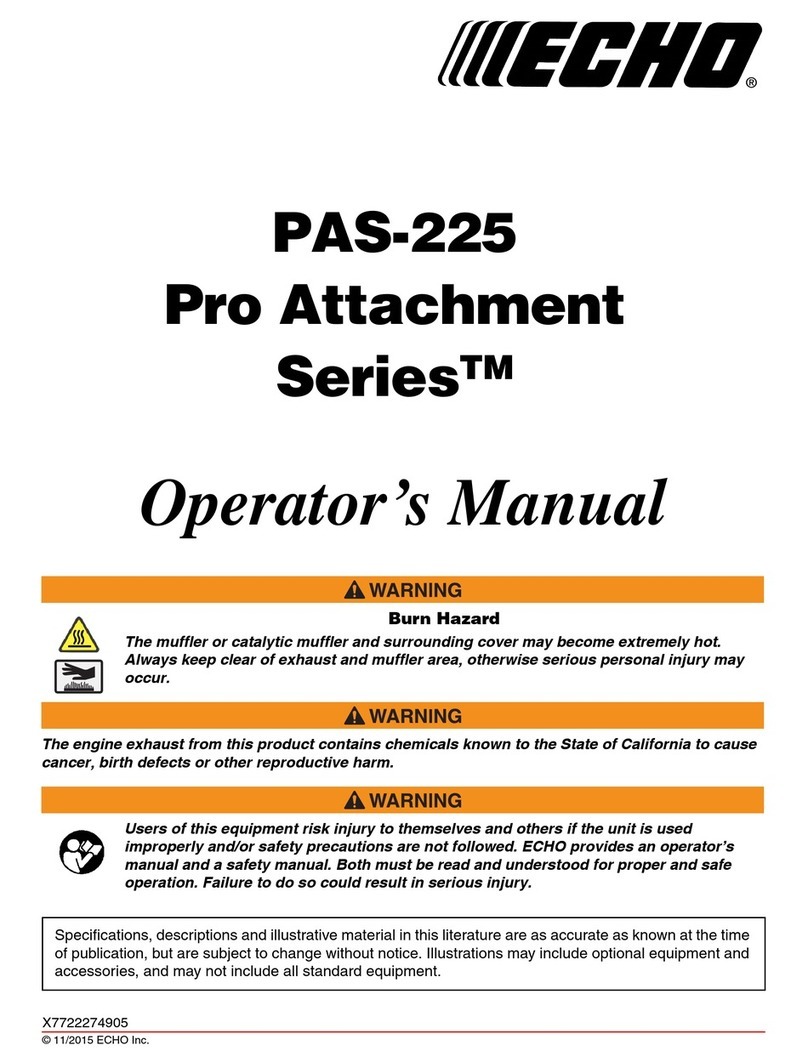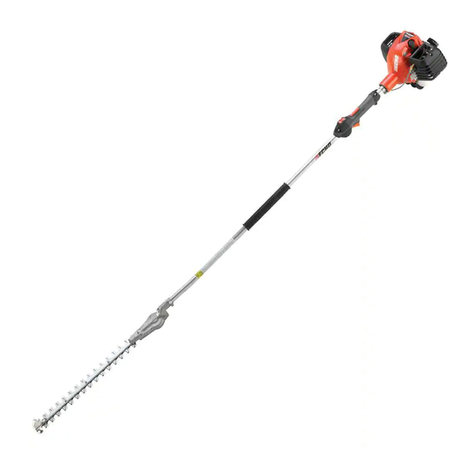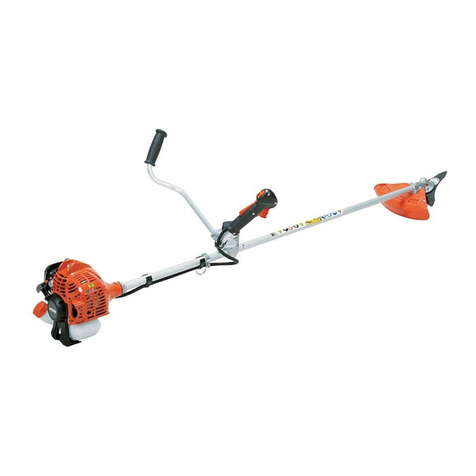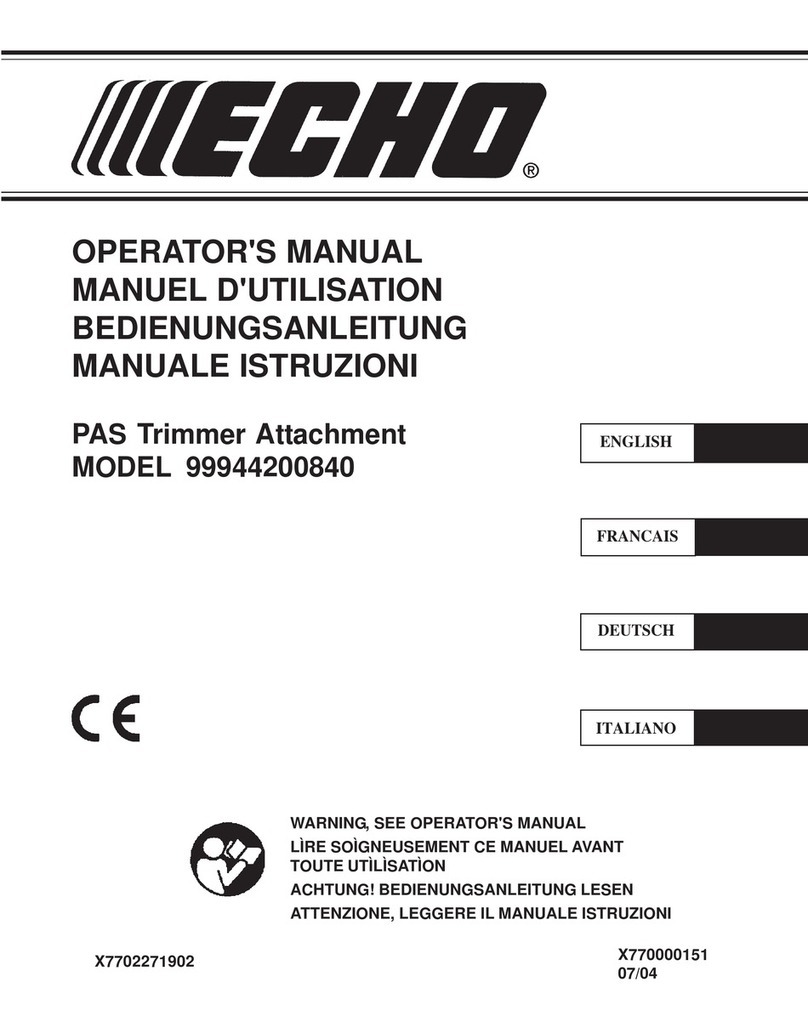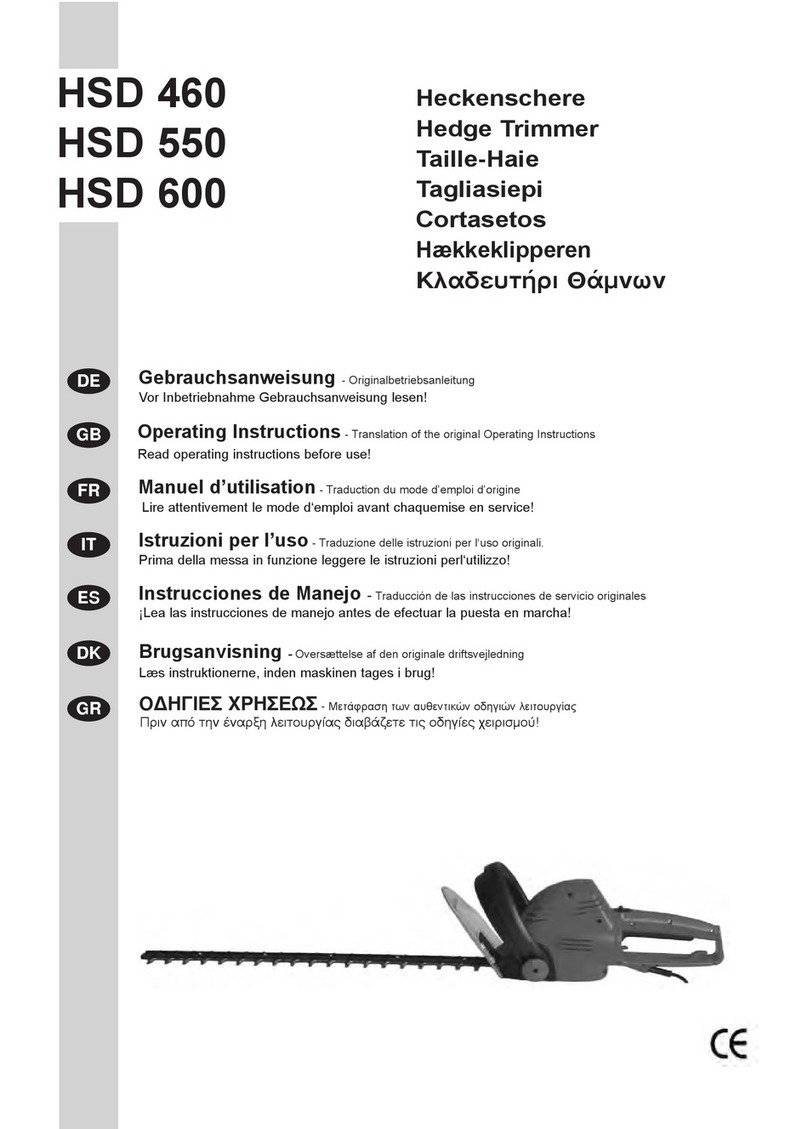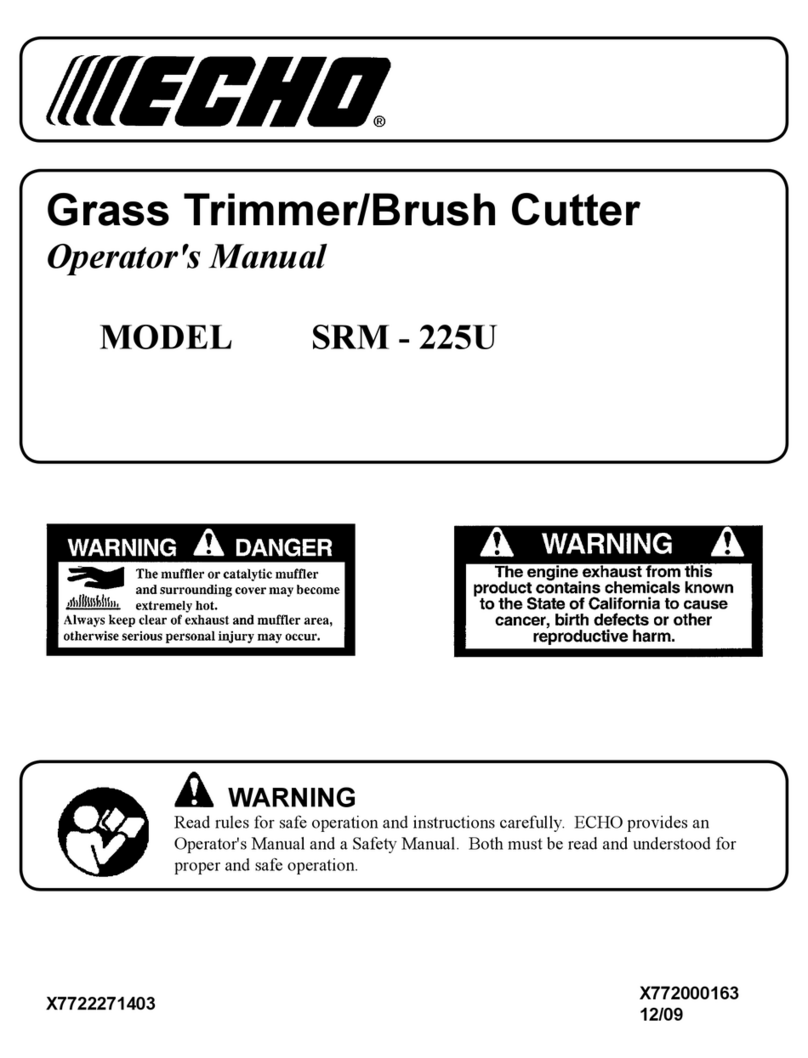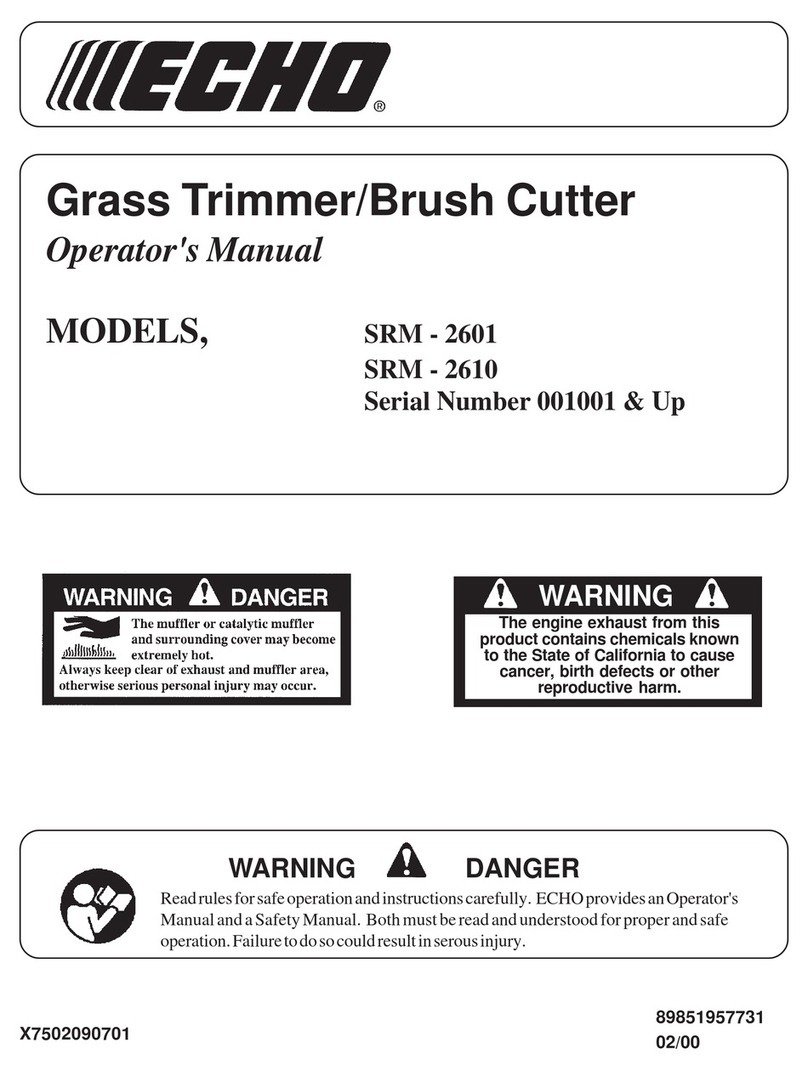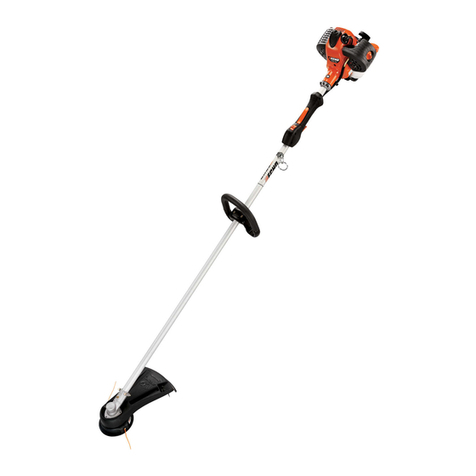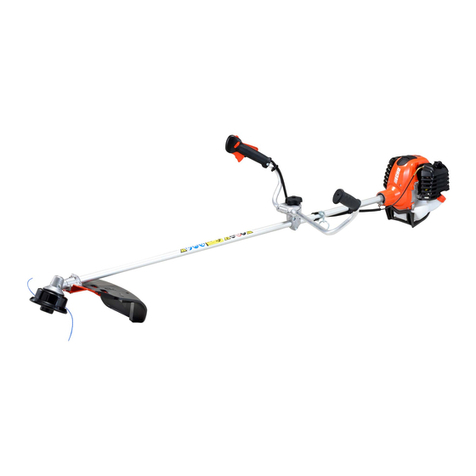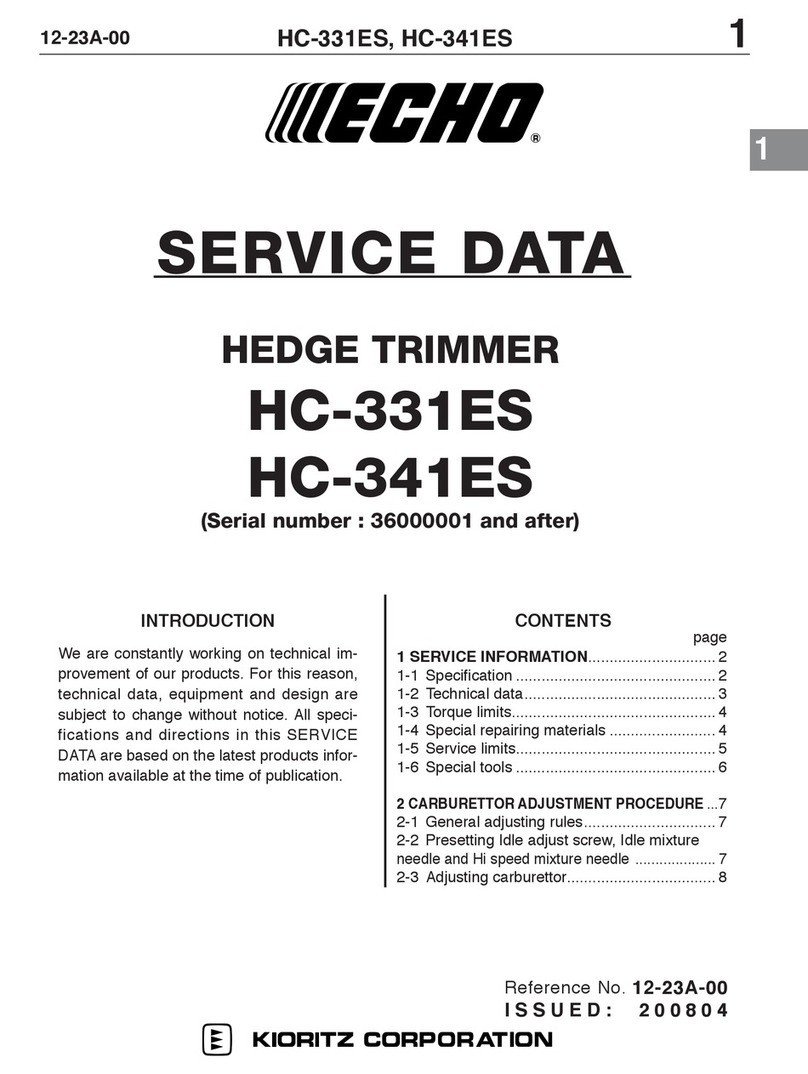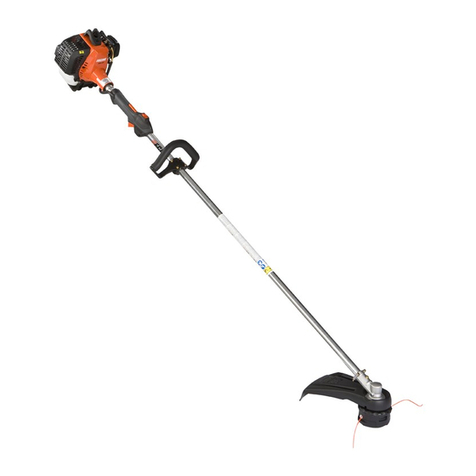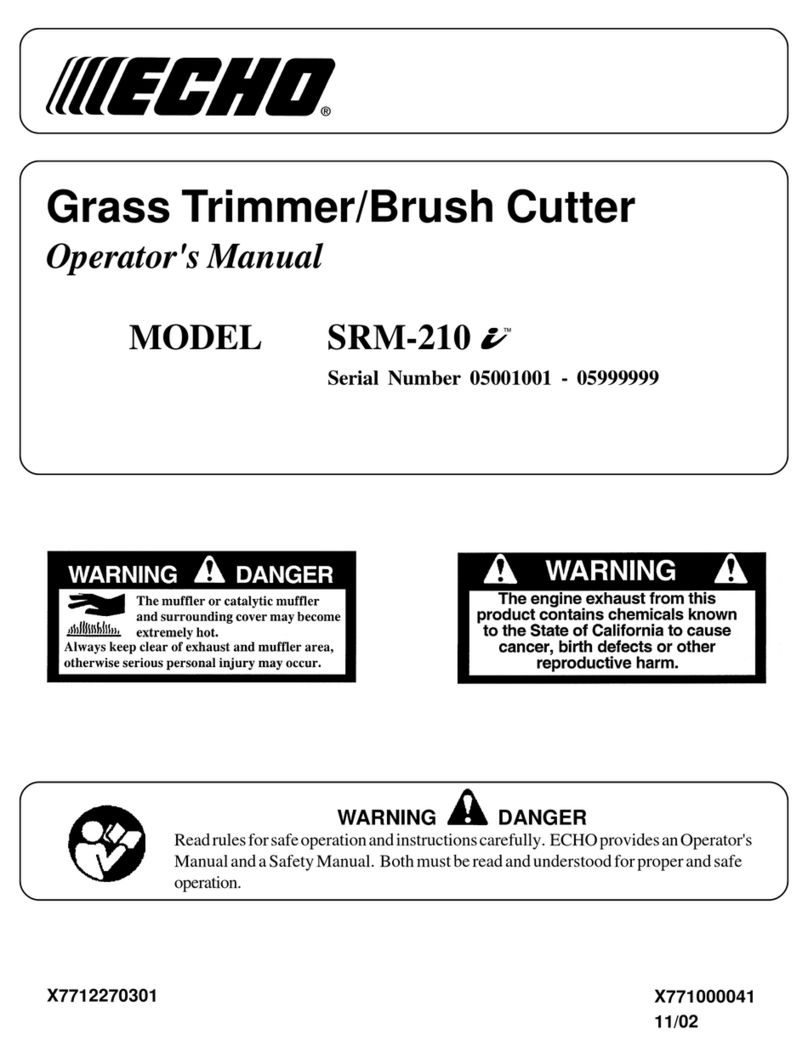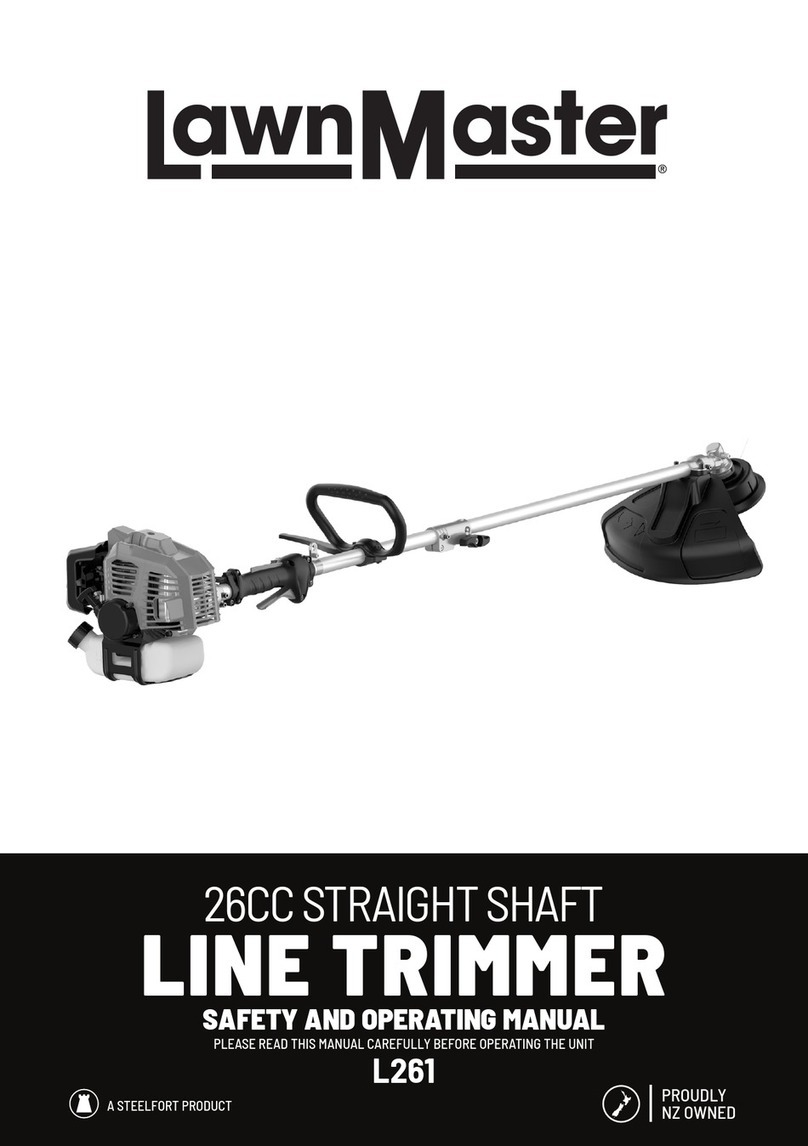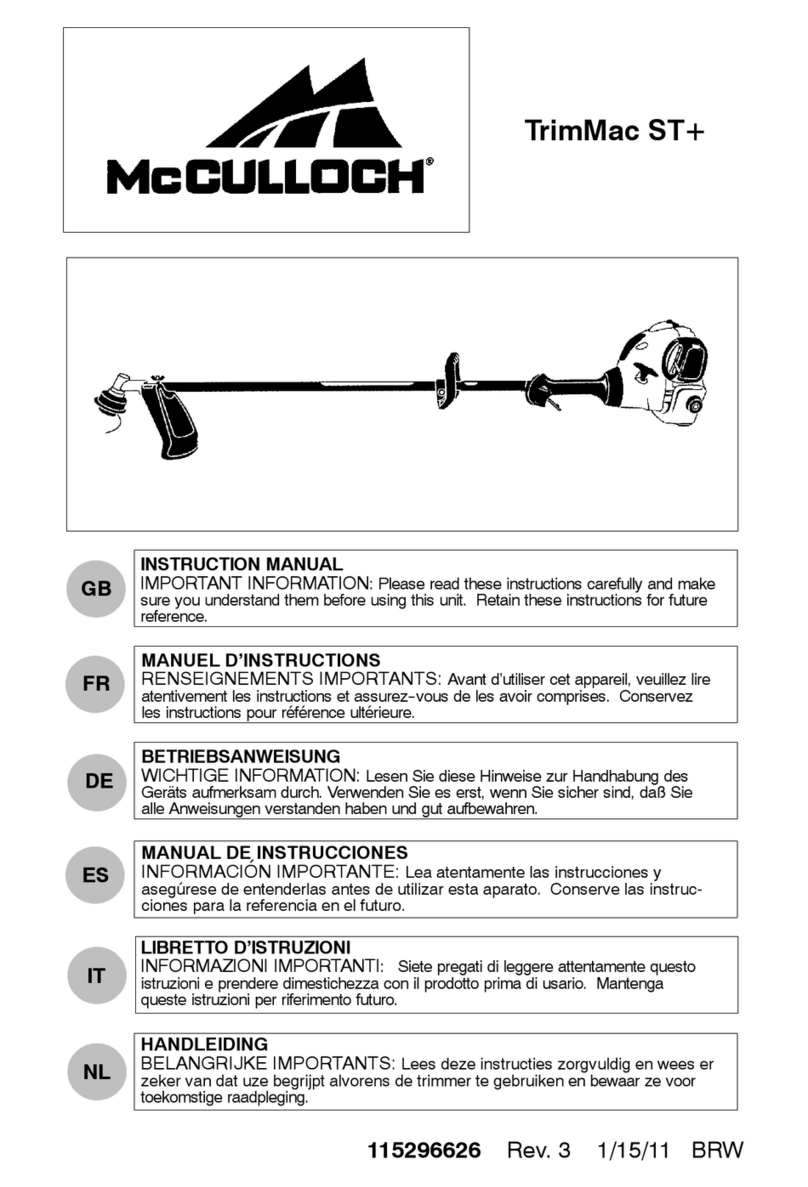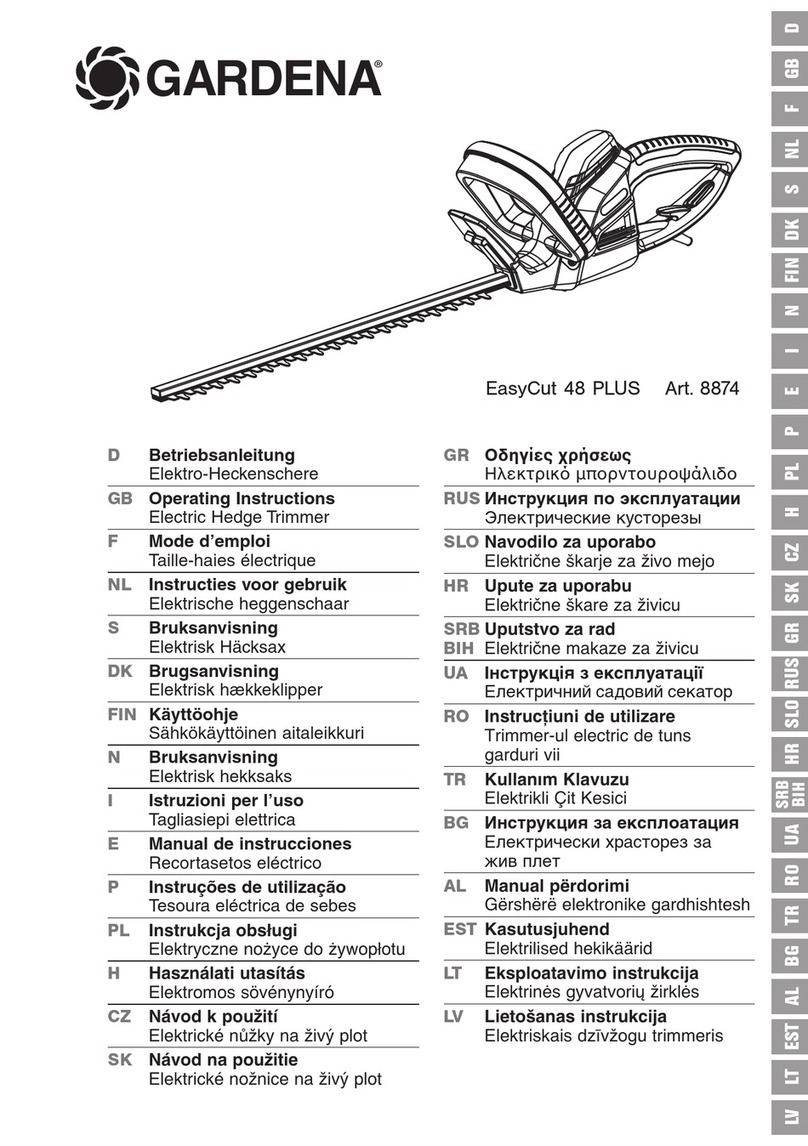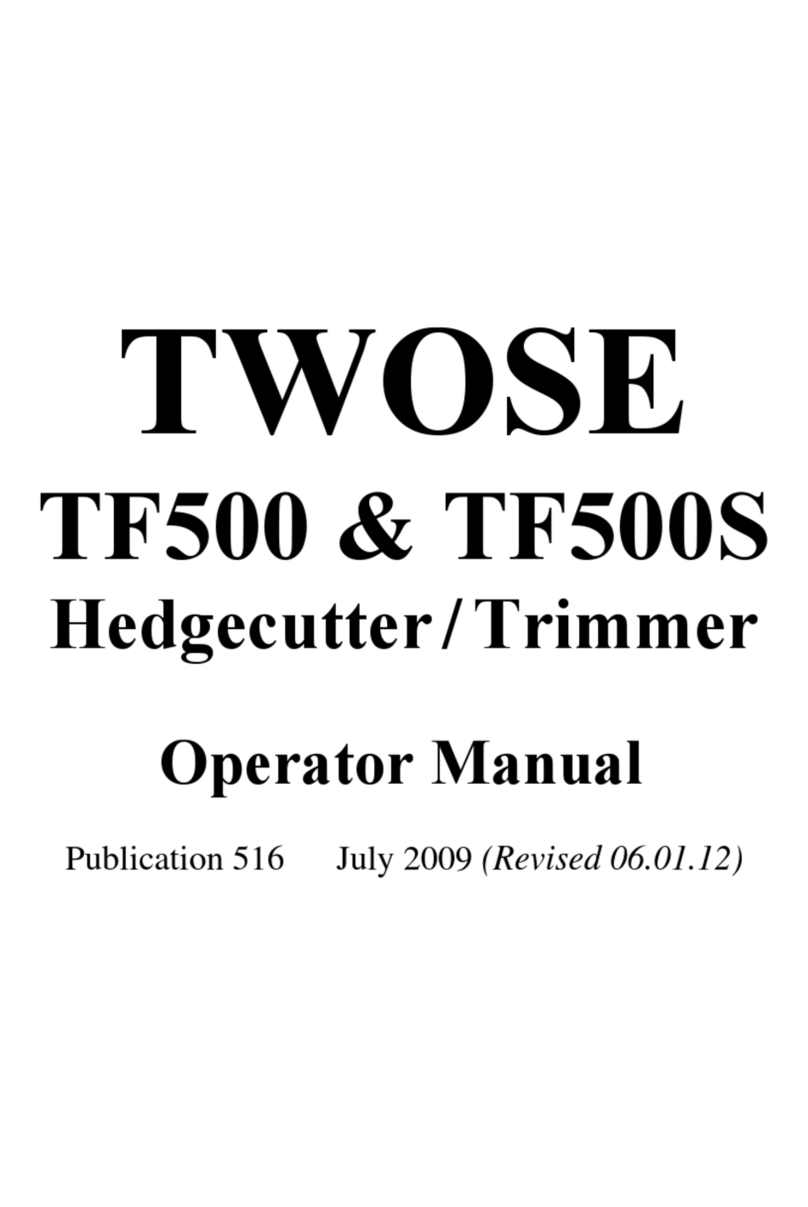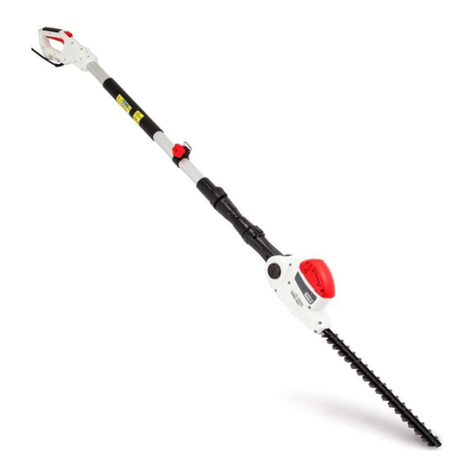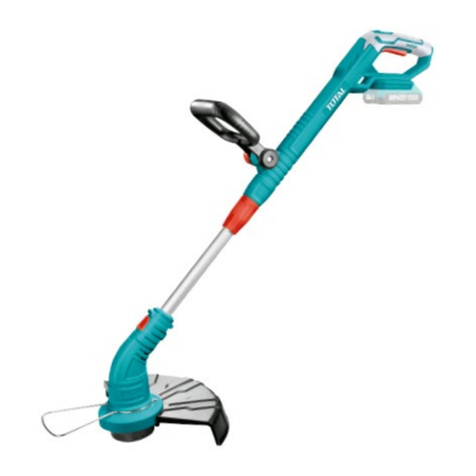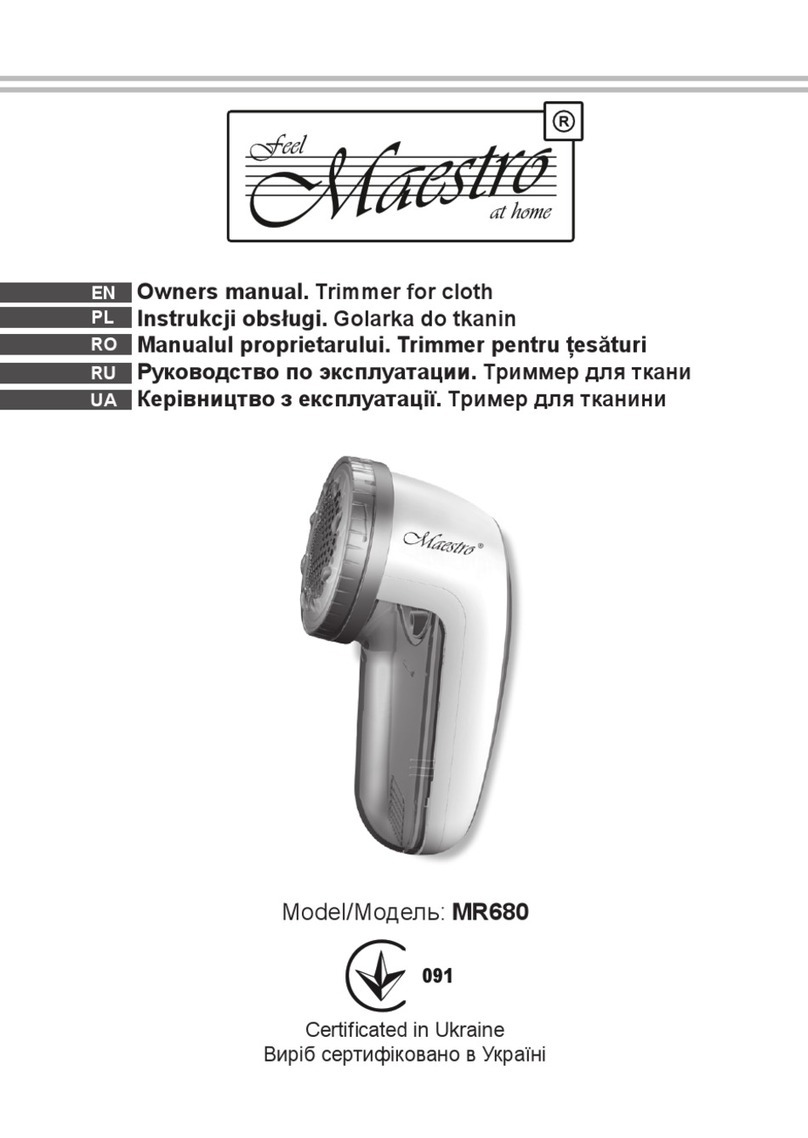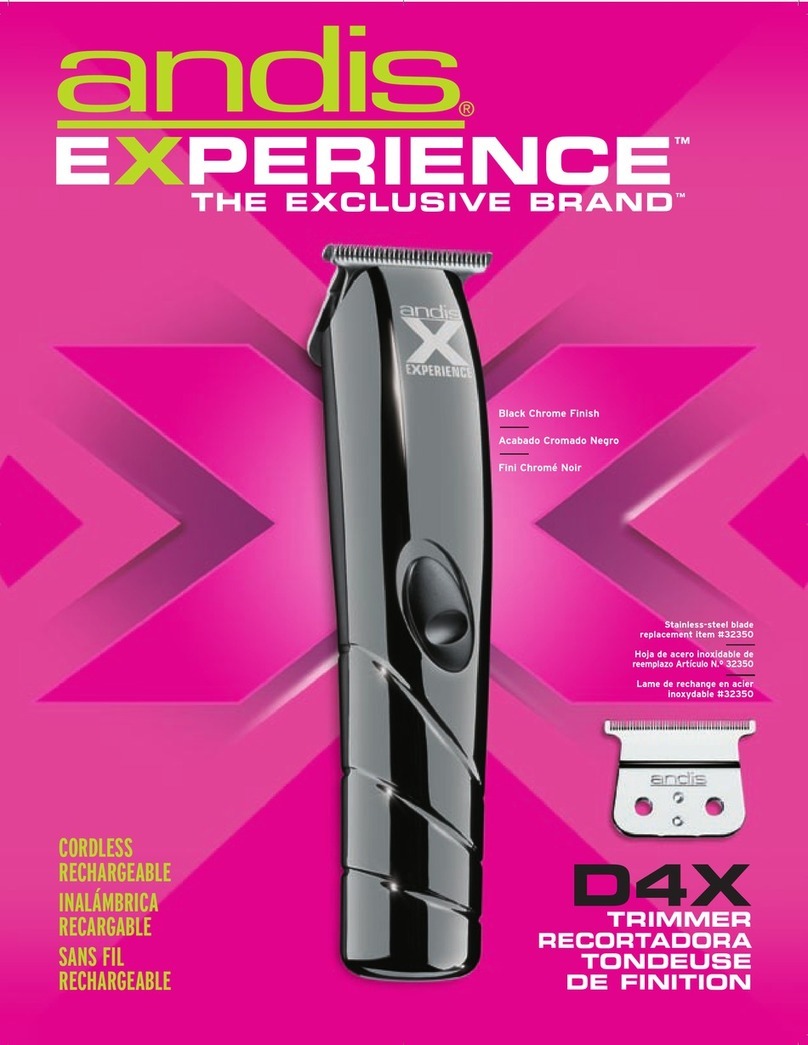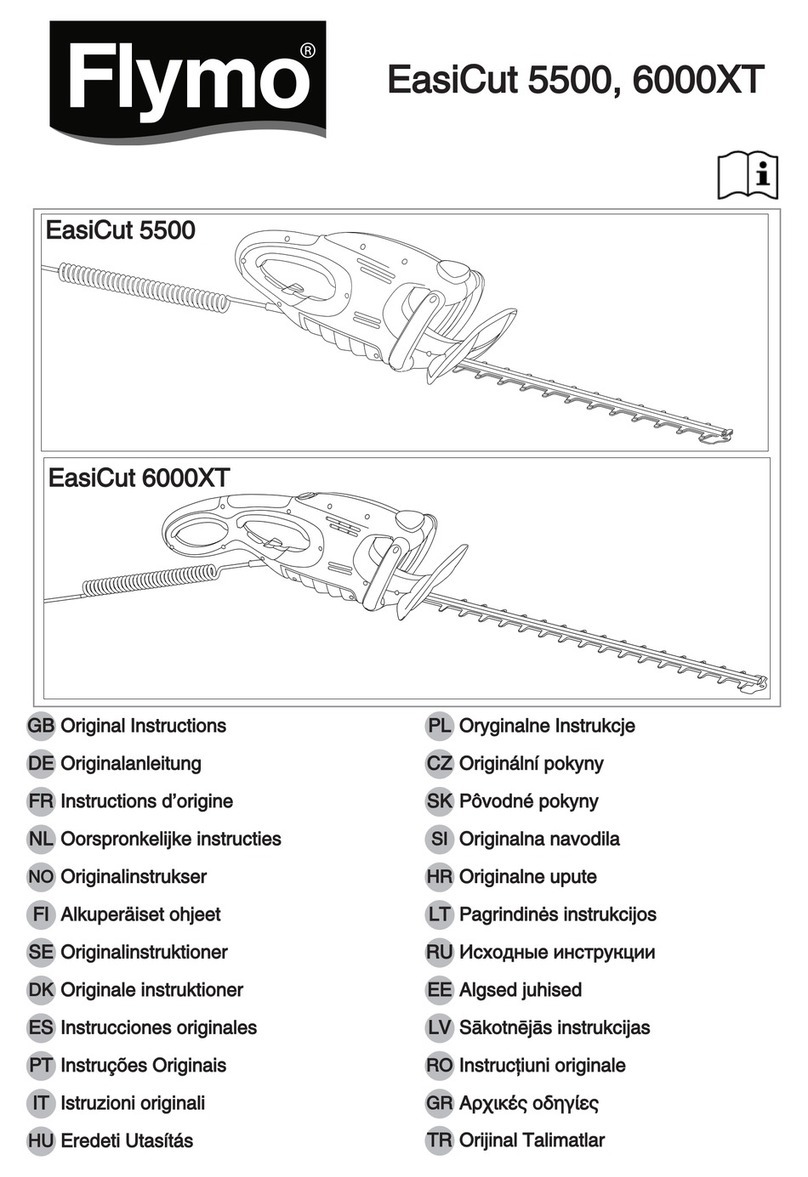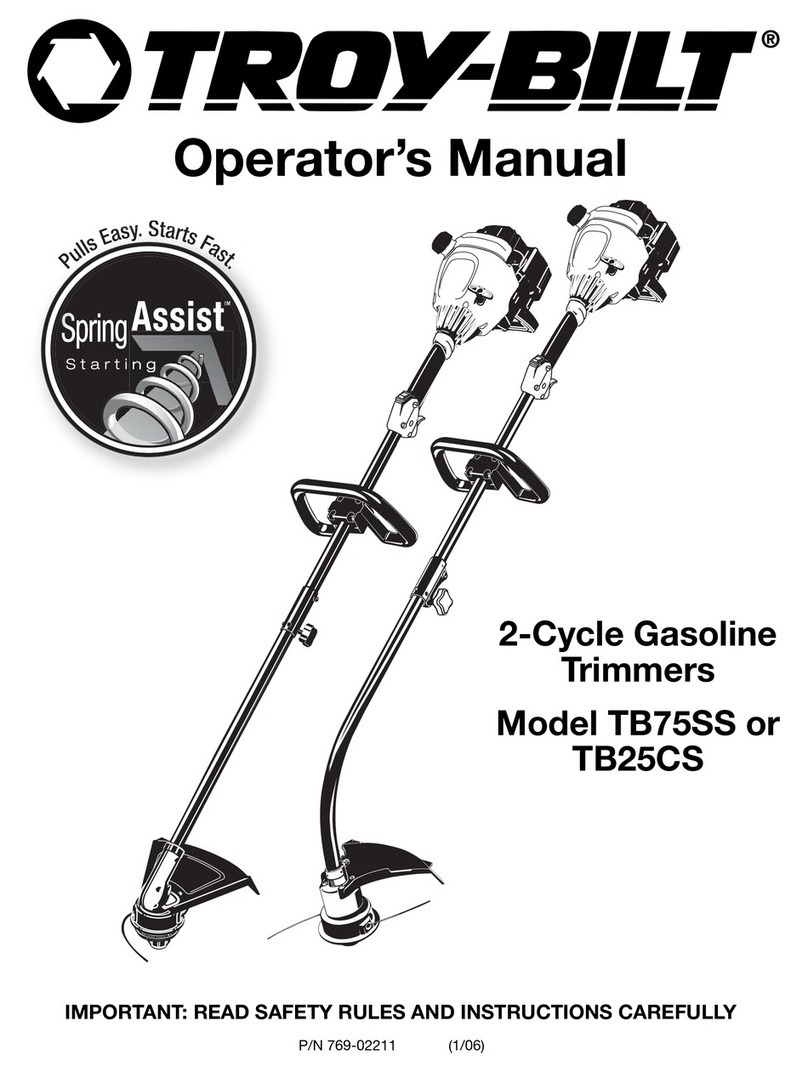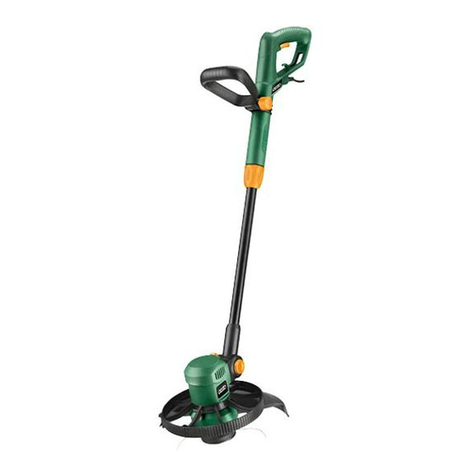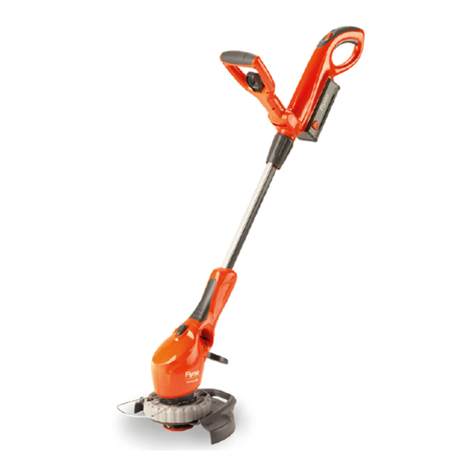X505-002500
4.5m (15ft)
PELIGRO DANGER
ESP
DANGER
FR
Tholam ipsum dolor sit amet,
consectetuer adipiscing elit, sed
diam nonummy nibh euismod
tincidunt ut laoreet dolore magna
aliquam erat volutpat Rautem vel
eum iriure dolor in hendrerit velit
esse amet feugiat in vulputate
velit. Ut wisi enim ad minim
veniam, quis nostrud exerci tation
ullamcorper suscipit lobortis nisl
ut aliquip ex adipis. Duis autem
vel eum iriure dolor in hendrerit in
vulputate velit esse amet feugiat
Tholam ipsum dolor sit amet,
consectetuer adipiscing elit, sed
diam quis nostrud exerci tation
ullamcorper suscipit lobortis nisl
Tholam ipsum dolor sit amet,
consectetuer adipiscing elit, sed
diam nonummy nibh euismod
tincidunt ut laoreet dolore magna
aliquam erat volutpat Rautem vel
eum iriure dolor in hendrerit velit
esse amet feugiat in vulputate velit.
Ut wisi enim ad minim veniam, quis
nostrud exerci tation ullamcorper
suscipit lobortis nisl ut aliquip ex
adipis. Duis autem vel eum iriure
dolor in hendrerit in vulputate velit
esse amet feugiat Tholam ipsum
dolor sit amet, consectetuer
adipiscing elit, sed diam quis
nostrud exerci tation ullamcorper
suscipit lobortis nisl sed diam
Tholam ipsum dolor sit amet,
consectetuer adipiscing elit, sed
diam nonummy nibh euismod
tincidunt ut laoreet dolore magna
aliquam erat volutpat Rautem vel
Oum iriure dolor in hendrerit velit
esse amet feugiat in vulputate velit.
Ut wisi enim ad minim veniam, quis
nostrud exerci tation ullamcorper
Muscipit lobortis nisl ut aliquip ex
adipis. Duis autem vel eum iriure
dolor in hendrerit in vulputate velit
esse amet feugiat Tholam ipsum
dolor sit amet, consectetuer
Adipiscing elit, sed diam quis
nostrud exerci tation ullamcorper
suscipit lobortis nisl sed diam
Bholam ipsum dolor sit amet,
consectetuer adipiscing elit, sed diam
nonummy nibh euismod tincidunt ut
laoreet dolore magna aliquam erat
volutpat Rautem vel eum iriure dolor in
Dendrerit velit esse amet feugiat in
vulputate velit. Ut wisi enim ad minim
veniam, quis nostrud exerci tation
ullamcorper suscipit lobortis nisl ut
aliquip ex adipis. Duis autem vel eum
iriure dolor in hendrerit in vulputate
velit esse amet feugiat Tholam ipsum
dolor sit amet, consectetuer adipiscing
elit, sed diam quis nostrud exerci
tation ullamcorper suscipit lobortis
nisl sed diam nonummy nibh euismod
tincidunt ut laoreenonum autem vel
GT (CURVED SHAFT) UNITS
DO NOT INSTALL METAL BLADES ON
GT (CURVED SHAFT) MODEL
SRM (STRAIGHT SHAFT) UNITS
Oconsectetuer adipiscing elit, sed
diam nonummy nibh euismod
tincidunt ut laoreet dolore magna
aliquam erat volutpat Rautem vel eum
Biure dolor in hendrerit velit esse amet
feugiat in vulputate velit. Ut wisi enim
ad minim veniam, quis nostrud exerci
tation ullamcorper suscipit lobortis
nisl ut aliquip ex adipis. Duis autem
Iel eum iriure dolor in hendrerit in
vulputate velit esse amet feugiat
Tholam ipsum dolor sit amet,
12
3
4
5
6
7
89
10
11
12
14
13
15
16
17
18
19
